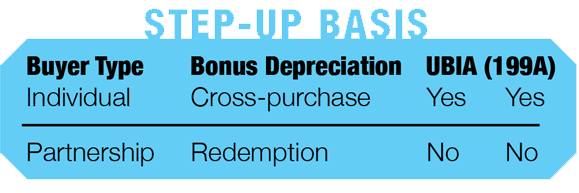Small business owners understand how challenging it is to simply maintain the status quo and yet remain successful into the future. Because of this, businesses are constantly seeking growth, innovation and excellence in their work. By adapting and responding to the changing business environment, small businesses hope to see positive results such as increased profitability, delighted customers and improved operational efficiency. While small business owners often ensure they have the best technology, equipment or marketing strategy to capture success, in reality, the most important factor is the employee workforce! Assembling the right workforce—and then properly leading and developing them—is key to small business success.
Assembling the Right Workforce
It’s helpful to start by considering the organization’s identity. This involves knowing clearly the purpose, values and vision of the business. The responsibility rests on its leaders to regularly articulate the purpose and vision of the organization to their employees. When the workforce clearly understands the organization’s identity, they are empowered to act and make decisions with confidence.
When recruiting new staff, it’s also important for hiring managers to be able to explain the organization’s identity. Focus can be placed on hiring candidates with the attributes, values and behaviors that align with the firm’s purpose and values. By having a workforce aligned with the organization’s identity and culture, the firm is more likely to realize their vision for the future. There will be a consistency across all levels of the organization, and the workforce will naturally focus on doing the things that support its intended direction.
 Employee Growth and Motivation
Employee Growth and Motivation
As leaders, we’re tasked with keeping our workforce motivated and developing in their roles. How we lead, manage and interact with our workforce makes a big difference in their growth, and ultimately in the success of the business. One leadership tool that has proven to be helpful is the Situational Leadership II model, which places emphasis on the leader matching their leadership style to the level of the employee on a specific task.
For example, a new employee often needs specific direction on a task because they’ve never done it before. Using the SL II model, the leader would choose to give clear and specific directions to the new employee. Contrariwise, a highly competent, top-performing employee will benefit most from delegation, because they need very little direction or support. By matching the leadership style to the employee’s development level, employees are led in an appropriate way that encourages their growth. While this may seem like common sense, many leaders tend to unknowingly use one or two specific styles, regardless of the employee’s competency and commitment, which can lead to frustration and disengagement.
Another way for leaders to support their workforce is to create a culture of recognition and appreciation. Sharing positive feedback is an easy, yet often overlooked motivational tool. A simple “thank you” or “shout out” for a job well done has a big effect on employee motivation.
Strong employee growth occurs freely when there is a solid relationship between employees and their supervisors. As many of us have experienced, our motivation and commitment to our employer is affected by our relationship with our supervisor. For business leaders, it’s important to exhibit basic leadership attributes such as good communication, transparency and respect for employees. These attributes provide the right conditions for employee development.
Conversely, there’s no faster way to drive away a key employee than when a supervisor ignores or fails to communicate with them effectively. One way to improve relationships with key employees is to schedule regular one-on-one meetings with them. By having an open personal meeting to discuss work and life, you can learn a lot about where an employee stands and how they view their job. Organizations can reap the rewards of great employee productivity and motivation by maintaining open and respectful relationship with employees.
Conclusion
All small businesses want to be successful. To achieve success, business owners need to think more deeply about their people. Having great products and services and a solid customer base aren’t enough. But, by hiring and developing the right people, organizations can create a competitive advantage that results in growth and success. PM




